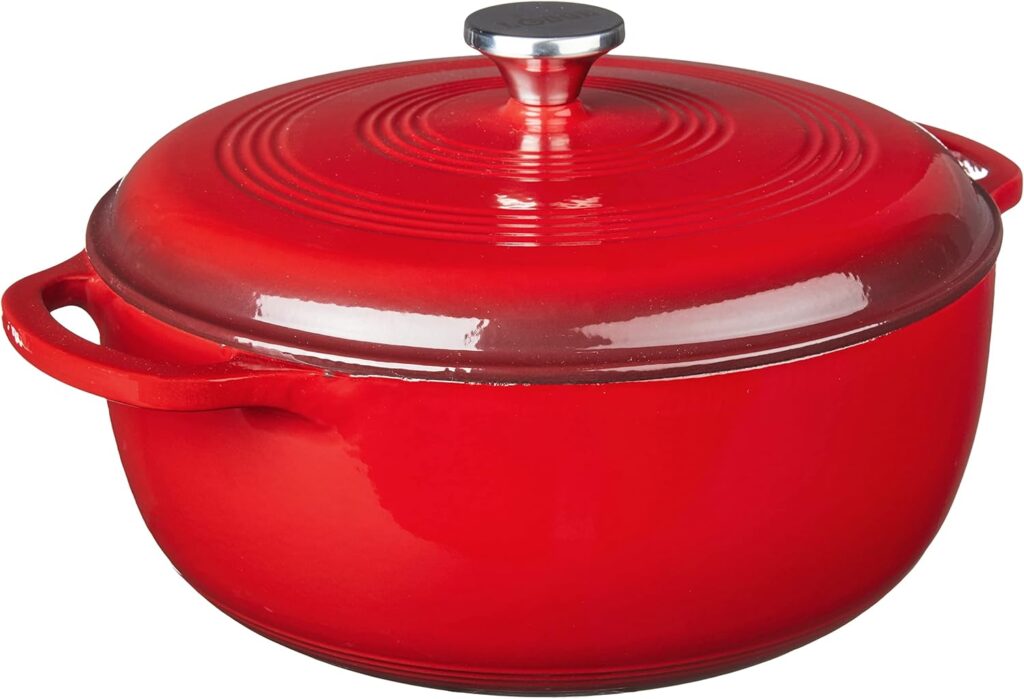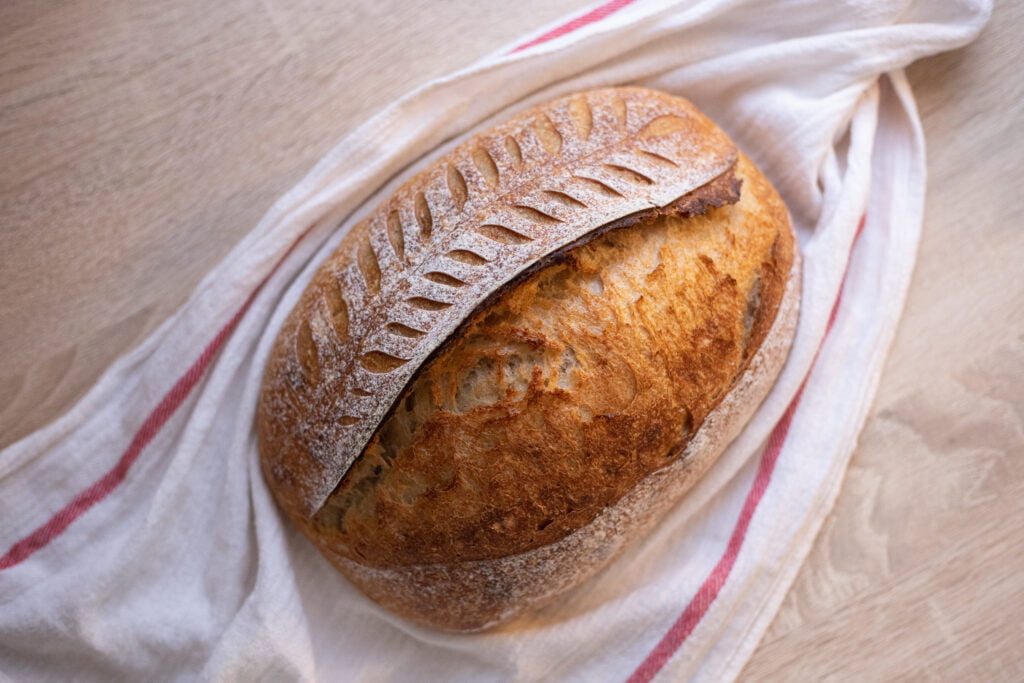In the world of bread making, the development of the protein structure, known as gluten, traditionally relies heavily on kneading. However, there’s a fascinating alternative method that requires no kneading while still yielding excellent results. Dutch oven technique, a game-changer for bread enthusiasts.
How Does Stretching and Folding Dough Create Fluffier Bread

With the Dutch oven approach, the task of kneading is replaced by a process that nurtures gluten development differently.
Instead of kneading, the dough is gently stretched and folded a few times during its rise or fermentation period. This simple act strengthens the dough’s structure, creating a network of proteins capable of capturing the gas produced by active yeast. The result? Beautifully risen bread with a delightful texture.
To top it off, a longer fermentation period enhances gas retention, contributing to the bread’s volume, and imparts a rich, flavorful character thanks to organic acid development.
How Does Dutch Oven and Steam Transform Your Loaf

The journey to exceptional bread begins in the oven.
When the dough enters the hot oven, yeast activity kicks into high gear. However, placing the dough in a dry oven can prematurely set the crust, inhibiting yeast expansion. This is where the Dutch oven steps in as the hero of the story. By using a covered Dutch oven with a wet dough, you effectively harness the power of steam.
The enclosed environment traps essential moisture around the loaf, ensuring the crust remains soft and cool for a longer period. This, in turn, grants the yeast the time it needs to work its magic, allowing the bread to rise to its full potential.
Meanwhile, enzymes within the dough become active, particularly on the warmer surface, converting starches into dextrins and simple sugars, adding depth to the crust’s color and flavor. As the internal temperature of the loaf reaches around 140 degrees, yeast activity tapers off. The starch granules then absorb water, swelling and acquiring a glossy appearance—a process known as gelatinization—that continues until the temperature climbs to approximately 158 degrees.
How Does Preheating Your Dutch Oven Takes Your Bread Game to the Next Level

Preheating the Dutch oven before introducing the dough replicates the direct heat of professional stone hearth ovens.
The Dutch oven maintains a more consistent heat profile compared to conventional ovens and excels at retaining steam, surpassing the capabilities of mere water pans in regular ovens.
Traditional ovens tend to vent steam, making it challenging to maintain the desired humidity levels. When coupled with a wet dough, the blazing hot Dutch oven becomes a steam generator, ensuring ample moisture within.
Moreover, the higher the internal loaf temperature, the more intricate webbing and sheen develop in the crumb.
How Salt Influence Fermentation, Flavor, Dough Structure and Shelf Life
How Does Uncovering a Dutch Oven Create the Perfect Crispy Bread Crust

As the Dutch oven’s moisture diminishes, the crust takes on higher temperatures, becoming crisp and sturdy. Sugars on the surface gradually caramelize, infusing the bread with exceptional flavor.
To maximize the development of the coveted crispy crust, the Dutch oven’s cover is removed towards the end of baking. This exposes the loaf to maximum heat and encourages surface evaporation, resulting in the ultimate crispy crust experience.
For those eager to dive deeper into the science and artistry of bread making, consult the chart provided by Jeffrey Hamelman, director of the bakery and Baking Education Center at King Arthur Flour, in his invaluable cookbook, “Bread: A Baker’s Book of Techniques and Recipes.” This resource unveils the mysteries of the bread-making process, making your journey into Dutch oven bread baking all the more rewarding.






[…] elasticity. This can be particularly noticeable during the final shaping and when transferring the dough to the oven, as the dough might spread out more rather than holding a tight […]